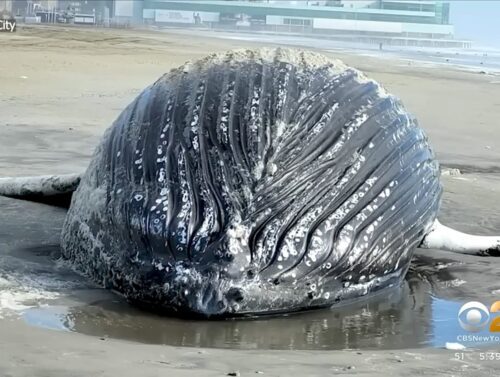
A solar energy plant in California that cost $2.2 billion to build will be shutting down after failing to meet expectations. [emphasis, links added]
Known as the Ivanpah Solar Power Facility in California’s Mojave Desert, the famed solar farm uses 173,500 computer-controlled mirrors called heliostats to reflect sunlight onto three 459-foot towers to generate electricity from the intense heat.
“The idea was that you could use the sun to produce a heat source,” alternative energy consultant Edward Smeloff told the New York Post. “The mirrors reflect heat from the sun up to a receiver, which is mounted on top of the tower. That heats a fluid. It creates steam [that spins] a conventional steam turbine. It is complicated.”
After nearly 11 years in operation, the solar plant failed to meet expectations, and the technology used is now largely viewed as outdated by green energy experts.
Per the NY Post:
In 2011, the US Department of Energy under President Barack Obama issued $1.6 billion in three federal loan guarantees for the project and the secretary of energy, Ernest Moniz, hailed it as “an example of how America is becoming a world leader in solar energy.”
When Ivanpah began operating in 2014, it ranked as the world’s largest solar plant. It seemed like a viable solution to California’s renewable energy goals of employing affordable and efficient technology to reduce the need for fossil fuels.
Though it sounds like a bit of a Rube Goldberg contraption — and looks like an art installation — Ivanpah was a cutting-edge idea for a while. But, as the market changed, it couldn’t compete with newer and less expensive forms of creating solar power.
Smeloff said that Ivenpah failed to “scale up” and now exists as a “kind of an obsolete technology [that’s] been outpaced by solar photovoltaic technology.”
The plant has also become an environmental hazard, with the Association of Avian Veterinarians noting that it “is believed to be responsible for at least 6,000 bird deaths each year.”
Top photo: Ivanpah solar facility by Sbharris – Own work, CC BY-SA 3.0, Link
Read more at Breitbart



















I’m sure the birds are happy to hear about this. I guess it was frying a lot of them on a daily basis.